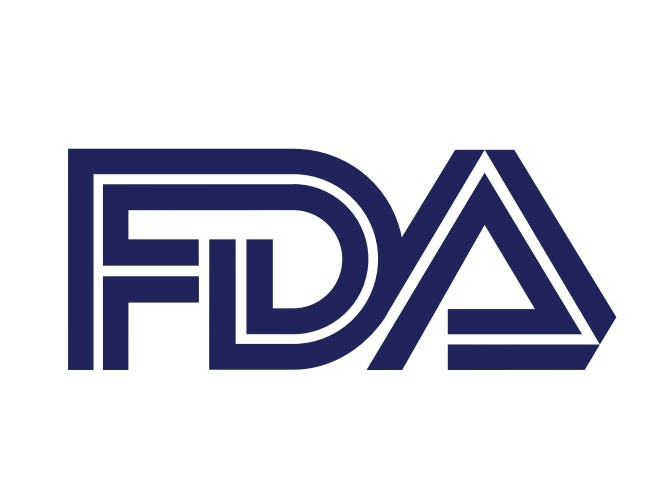By Michael Rugnetta– After a few years of ambiguity, discussion, meetings, and conferences, the FDA has finally begun to take some small but definite steps into new territories for test regulation.
It was barely a year ago (November 22, 2013) that the Food and Drug Administration told Google-backed direct-to-consumer genetic test company 23andMe to put the kibosh on its health-related genetic tests, leaving 23andMe with only its ancestry tests to sell. This caused some consternation among industry analysts about whether the FDA was cracking down too heavily on an emerging technology that has the potential to empower patients, or whether the administration was justifiably regulating a technology that gives patients more data than they can meaningfully handle.
Warning letter
Since the warning letter, the relationship between the administration and 23andMe has been more amicable. CEO, Anne Wojicki, has made more appearances in Washington to clarify what kind of data the Food and Drug Administration wants from 23andMe. In fact, some analysts feel that the FDA’s crackdown wasn’t done out of suspicion or fear of 23andMe’s products, but more out of miscommunication and a lack of clarity in this new regulatory field where the standards are not yet defined. 23andMe began negotiations with the agency in 2009. Since then it had 14 meetings with the FDA, exchanged hundreds of emails, and submitted a 510(k) for seven of its health reports back in 2012. After some more back-and-forth with the agency, the company suddenly fell into radio silence for 6 months. The warning letter restarted the conversation and now it seems like the administration and 23andMe are finding some common ground in this new territory.
The administration has finally decided to accept for review 23andMe’s health report for bloom syndrome, a serious inherited condition that results in short stature and susceptibility to multiple cancers early in life. 23andMe posted to its blog that they are “pleased to be moving forward with the FDA.”
FDA announces
In related news, the Food and Drug Administration also announced last week that it will begin to regulate lab-developed tests. These are lab tests that are neither marketed directly to consumers nor licensed to commercial labs, but made in-house at individual labs for use by that lab or a single client of that lab. The regulations will be phased in over nine years and focused first on the highest-risk tests that have the greatest consequences for health and treatment. They made this announcement on July 31 as a part of a congressionally-required heads up to its draft guidance on the matter which will be released 60 days after the announcement. The Food and Drug Administration had first announced that it was considering such regulations in 2006 but was met with opposition from industry and legislators that have significantly slowed down the process.
Last week’s announcement prompted various reactions a group of clinical and pathology lab directors from leading university hospitals wrote a letter contending that the new regulations would stifle innovation because clinical tests may need to be quickly updated based on new data, but some disease advocacy groups and a trade group for already-regulated commercial test manufacturers felt that these regulations are necessary to ensure accurate results and generate better treatment decisions.
As the story of 23andMe shows, consistent and amicable communication with the FDA, especially with new technologies and business models, is crucial to ensuring that device companies don’t run into any surprises as they build their business. You need the right liaison, who is familiar with both the agency you are seeking approval from (or may need to seek approval from) and the technology that you are developing.
However, problems could be solved with help of RegDesk Alerts™

